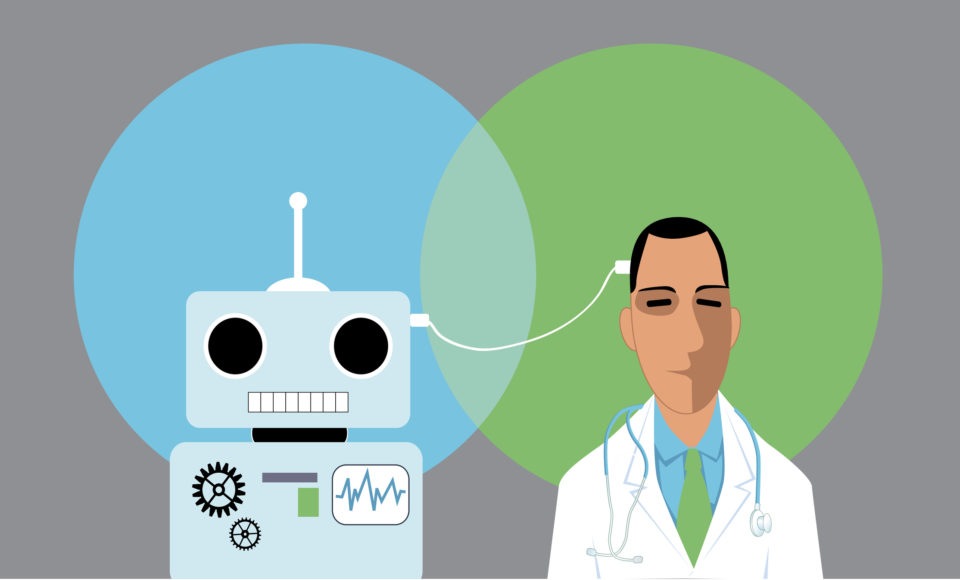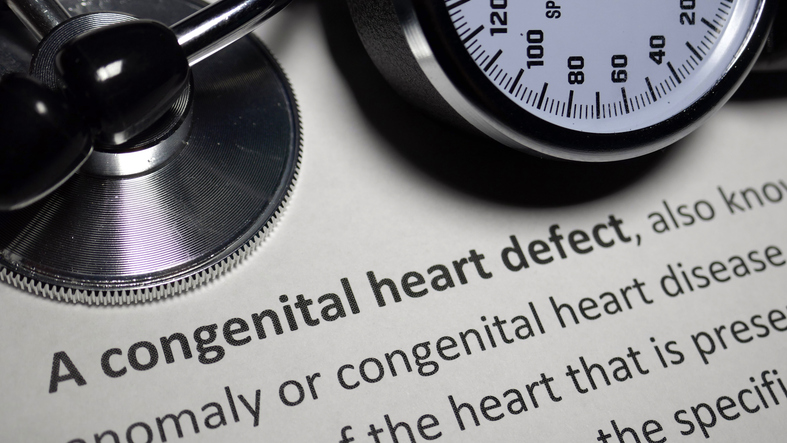
A recent analysis in Health Services Research and Managerial Epidemiology suggests that machine learning can play a role in helping predict readmissions for atrial fibrillation (AFib).
The authors used data from the 2013 Nationwide Readmissions Database on AFib, aiming to create risk prediction models and ultimately predict 90-day hospital readmission rates. The researchers employed multiple machine learning methods (k-Nearest Neighbors, Decision Tree, and Support Vector Machine) to determine variable importance. The average patient age was 64.9 years, with 62% of patients being male. The primary outcome of interest was 90-day hospital readmissions status. There was a total of 9,468 (weighted n=20,612) cases for 90-day readmissions prior to applying exclusion criteria, and 4,922 cases after applying criteria.
According to the researchers, the 90-day readmission rate was 17.6%. They reported that important variables in 90-day readmission predictions for AFib catheter ablation included patient age, number of diagnoses, and the total number of hospital discharges. According to the results, k-Nearest Neighbor showed the best performance and most accurate predictive ability (85%), followed by Decision Tree. Support Vector Machine, they reported, was not ideal.
“Machine learning methods can produce accurate models in predicting hospital readmissions for patients with AFib,” the authors wrote. “The likelihood of readmission to the hospital increases as the patient age, total number of hospital discharges, and total number of patient diagnoses increase. Findings from this study can inform quality improvement in healthcare and in achieving patient-centered care.”
The authors emphasized in their conclusions the utility of machine learning in this predictive setting for AFib patients.
“Our models were able to reach a high predictive accuracy of 85% while using a supervised machine learning approach,” they wrote. “Such models can be valuable for both policymakers and healthcare providers. Healthcare providers might find it helpful to look closely into a patient’s record and provide patients with more personalized medical treatments to improve healthcare quality and minimize hospital readmissions.”







 © 2025 Mashup Media, LLC, a Formedics Property. All Rights Reserved.
© 2025 Mashup Media, LLC, a Formedics Property. All Rights Reserved.